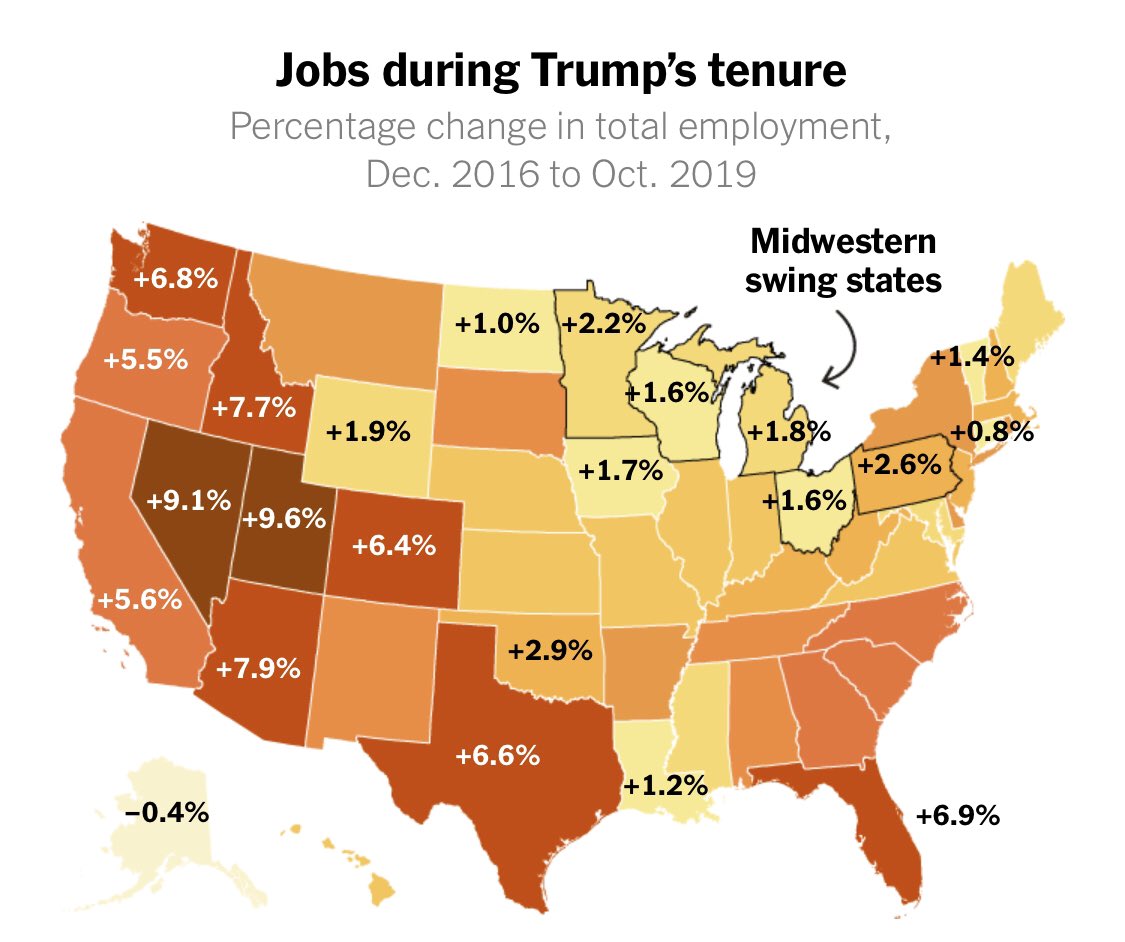In the interest of accountability, some stats:
- On multi-byline stories, I didn't distinguish between ppl I called/my colleagues called. But I excluded stories where I contributed only data analysis.
- Stats are for final versions -- in some cases (e.g. the jobs report), quotes drop in/out as stories evolve.
I clearly have a long, long way to go on race. That will be a focus for 2020.
Race/gender are just relatively easy to track, and are a good starting point.
Happy new year!











